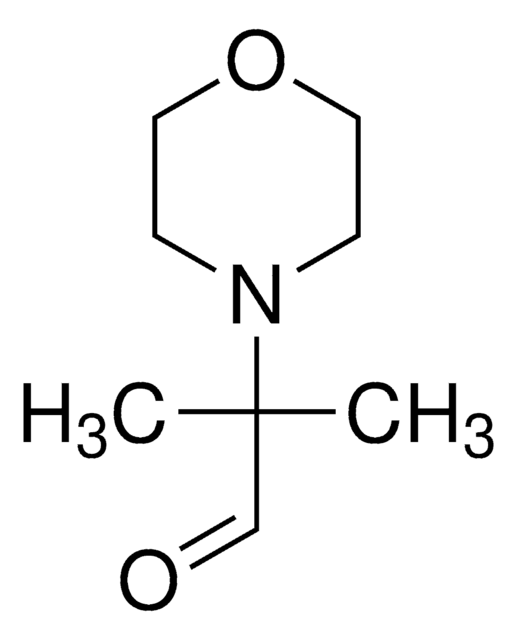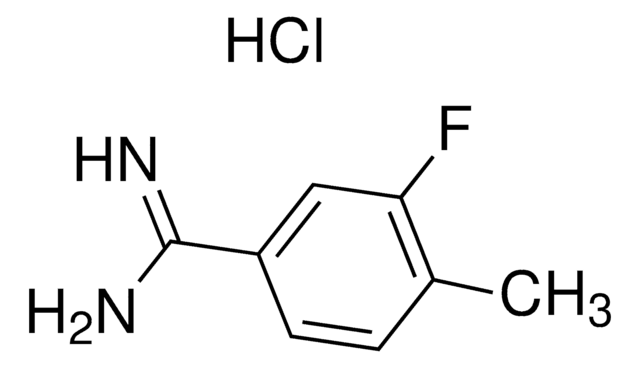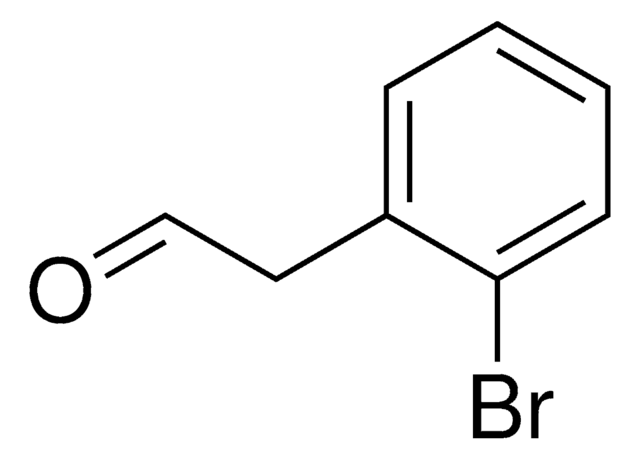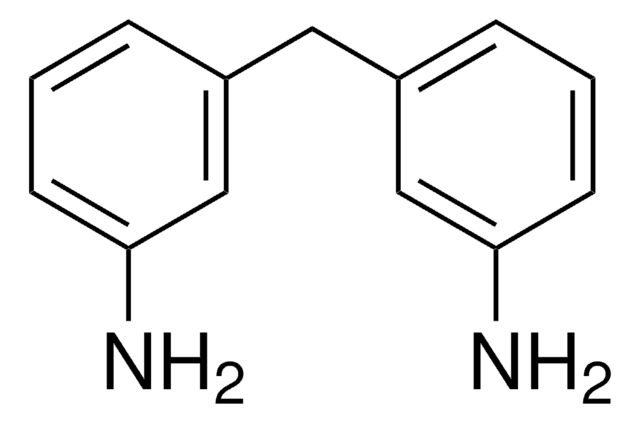About This Item
Recommended Products
Assay
97%
refractive index
n20/D 1.423 (lit.)
bp
173-174 °C (lit.)
density
0.883 g/mL at 25 °C (lit.)
SMILES string
CC(=O)OCCCCC=C
InChI
1S/C8H14O2/c1-3-4-5-6-7-10-8(2)9/h3H,1,4-7H2,2H3
InChI key
MPLWNENKBSBMFN-UHFFFAOYSA-N
General description
Application
Storage Class Code
3 - Flammable liquids
WGK
WGK 3
Flash Point(F)
141.1 °F - closed cup
Flash Point(C)
60.6 °C - closed cup
Personal Protective Equipment
Choose from one of the most recent versions:
Already Own This Product?
Find documentation for the products that you have recently purchased in the Document Library.
Active Filters
Our team of scientists has experience in all areas of research including Life Science, Material Science, Chemical Synthesis, Chromatography, Analytical and many others.
Contact Technical Service![(3R)-3-{[(9H-Fluoren-9-ylmethoxy)carbonyl]amino}-3-(3-methylphenyl)propanoic acid AldrichCPR](/deepweb/assets/sigmaaldrich/product/structures/369/030/c37536c8-fce7-456d-a3f2-1b29a57c2c52/640/c37536c8-fce7-456d-a3f2-1b29a57c2c52.png)








